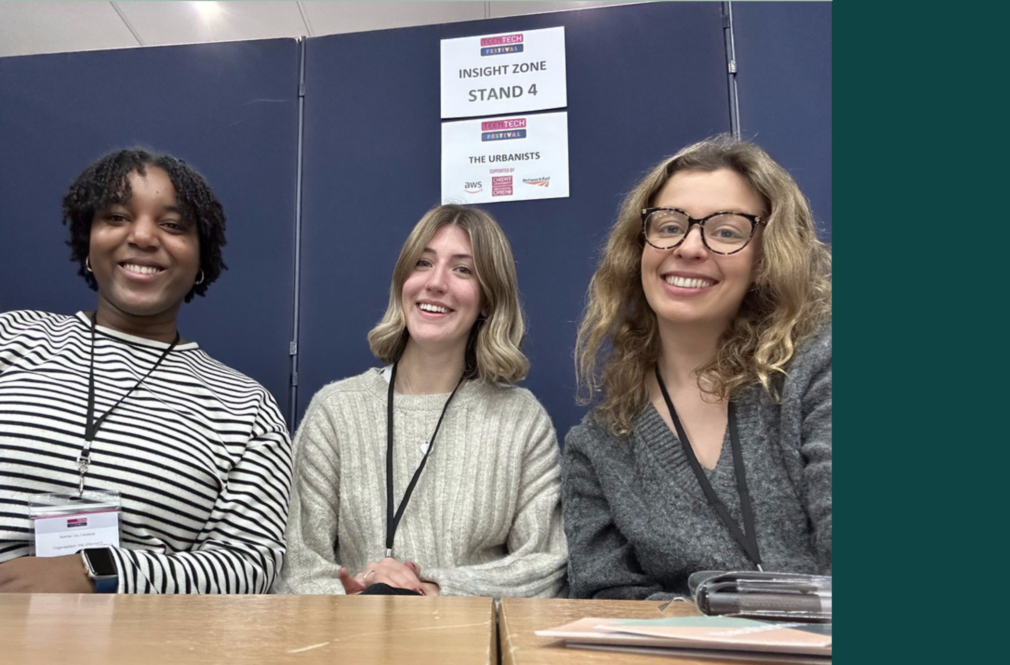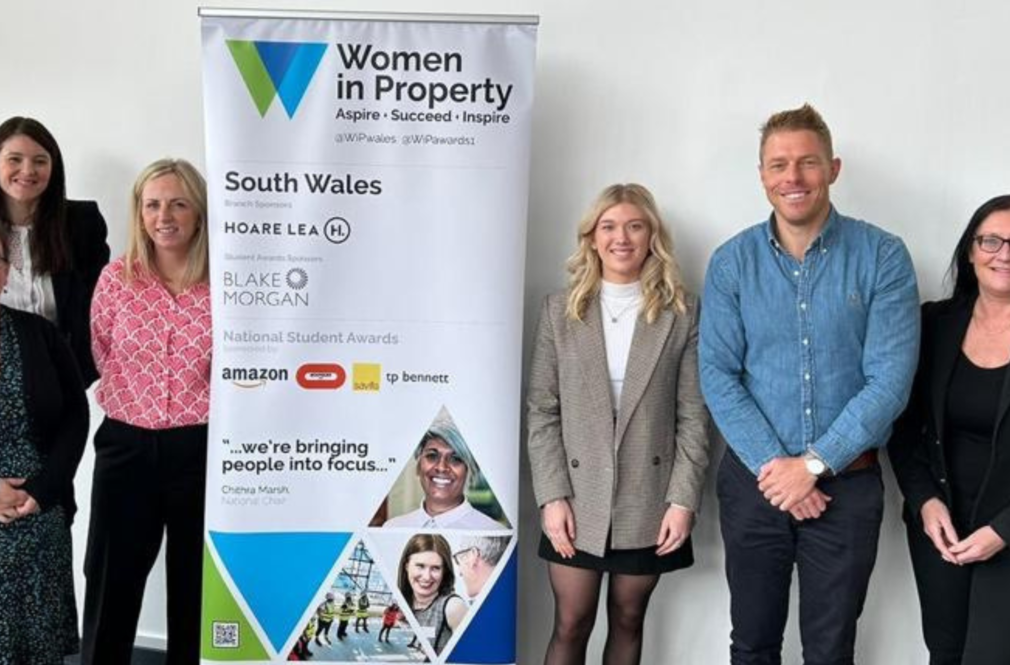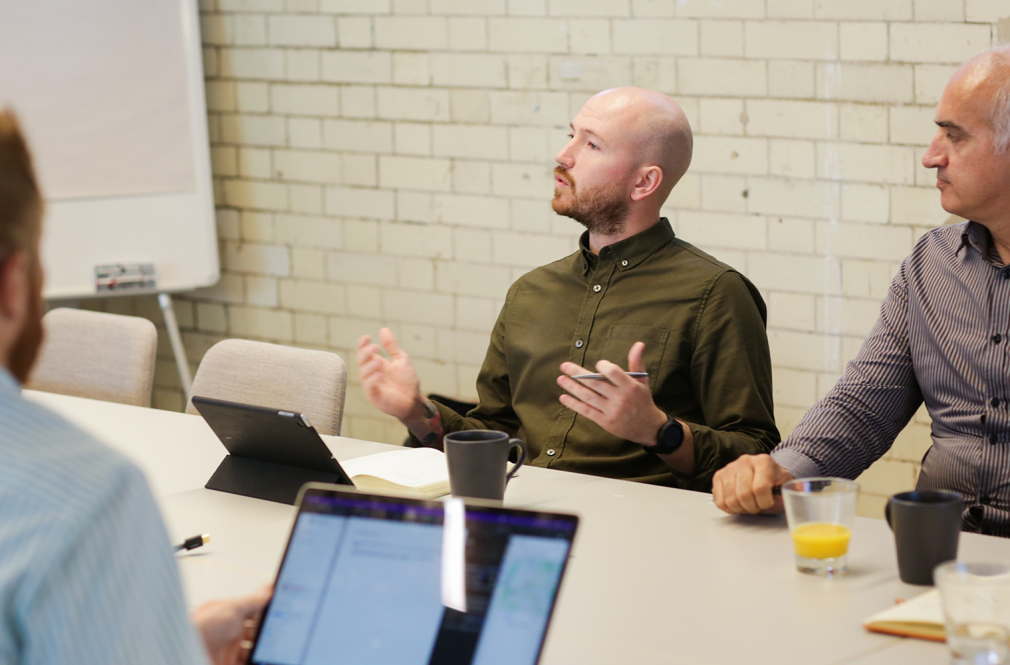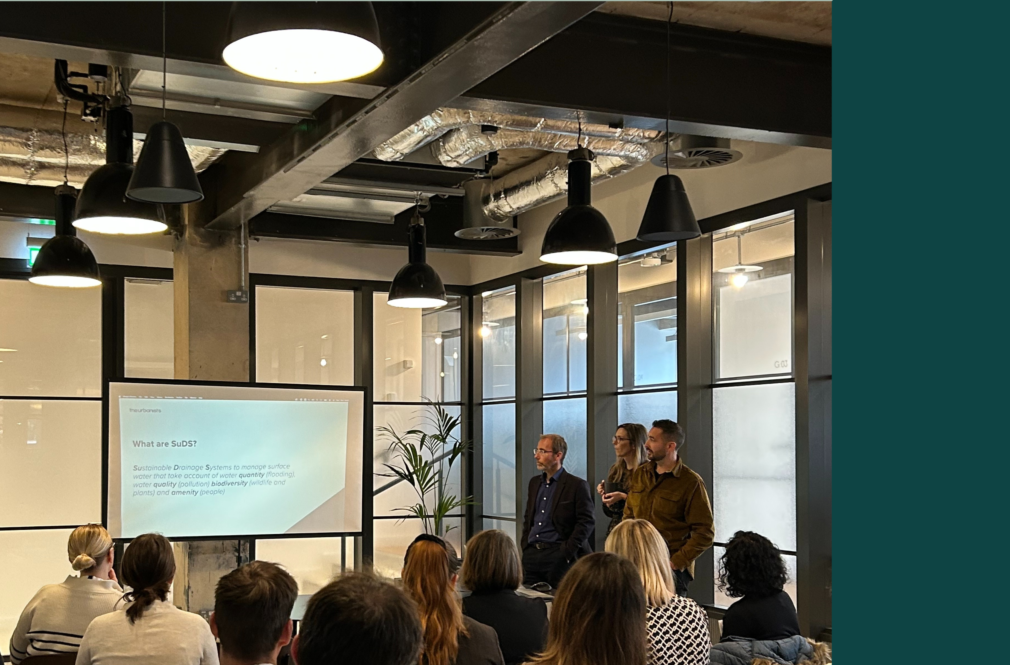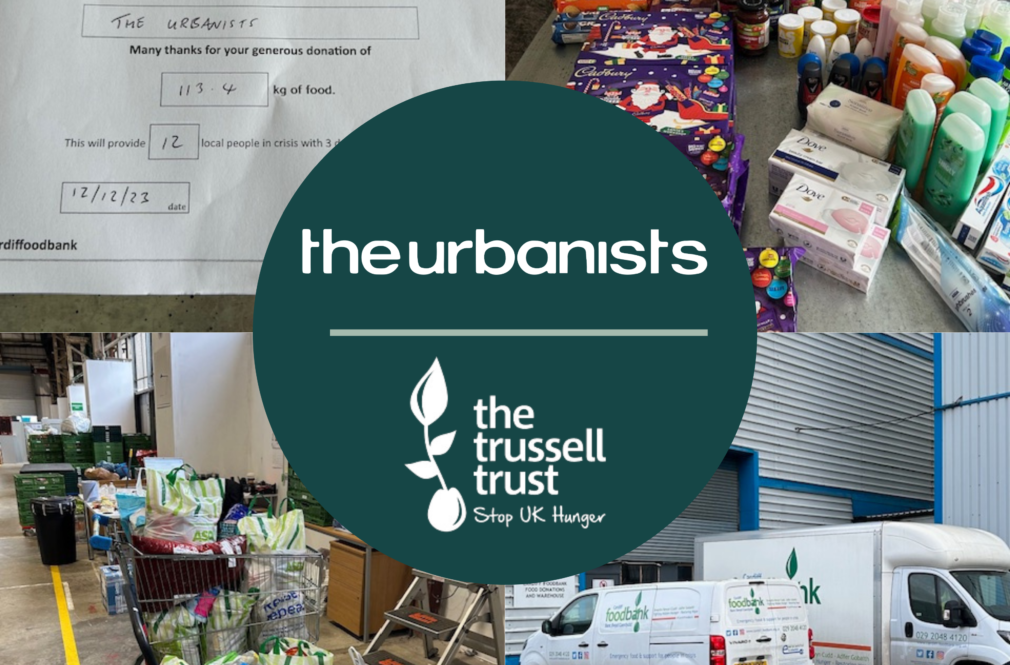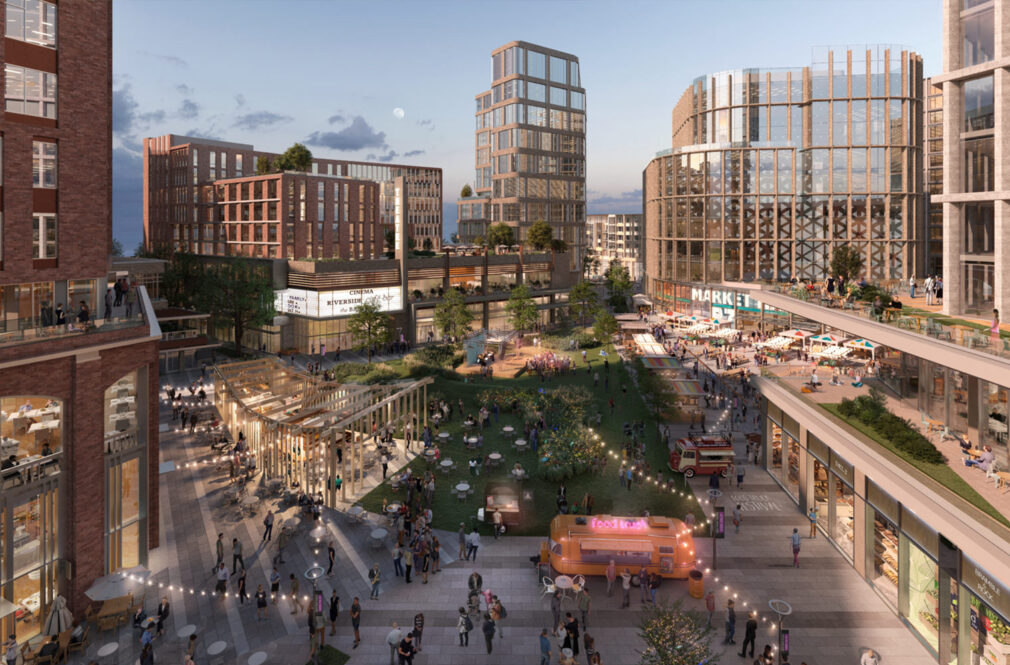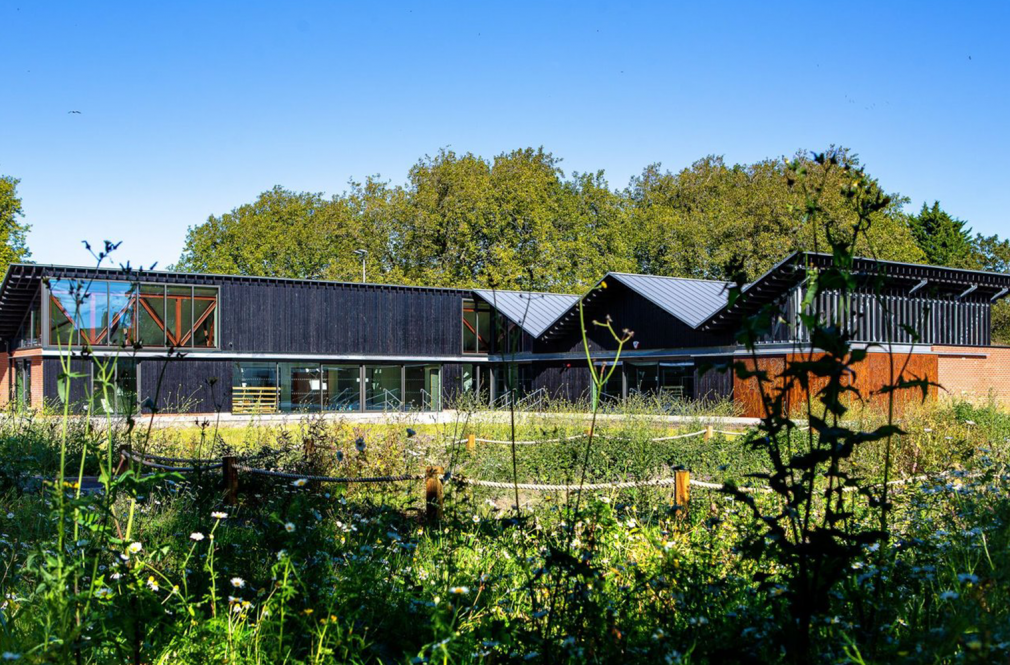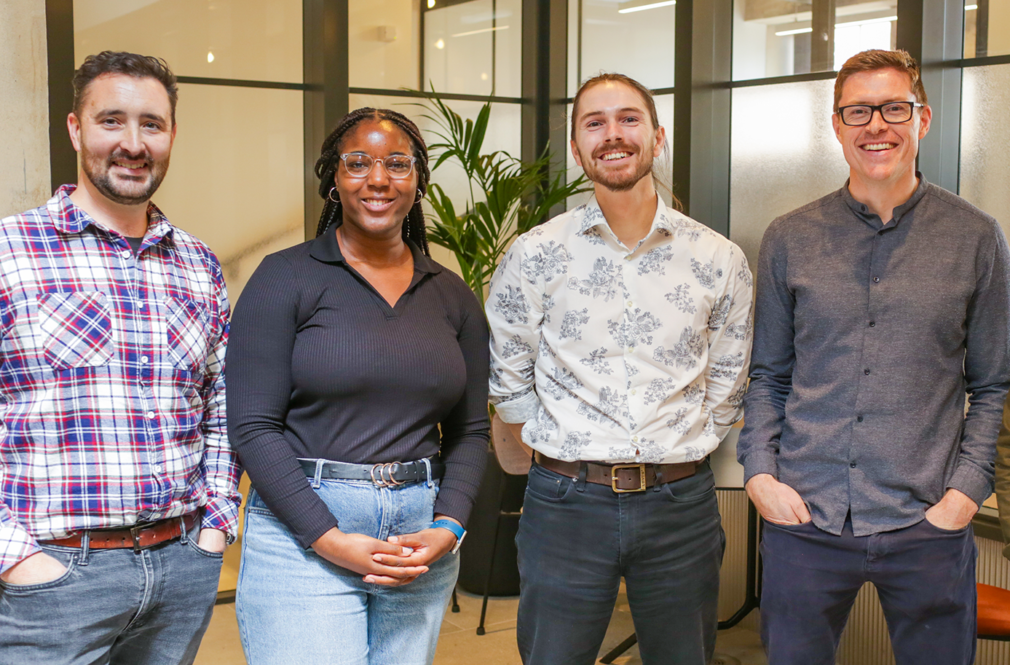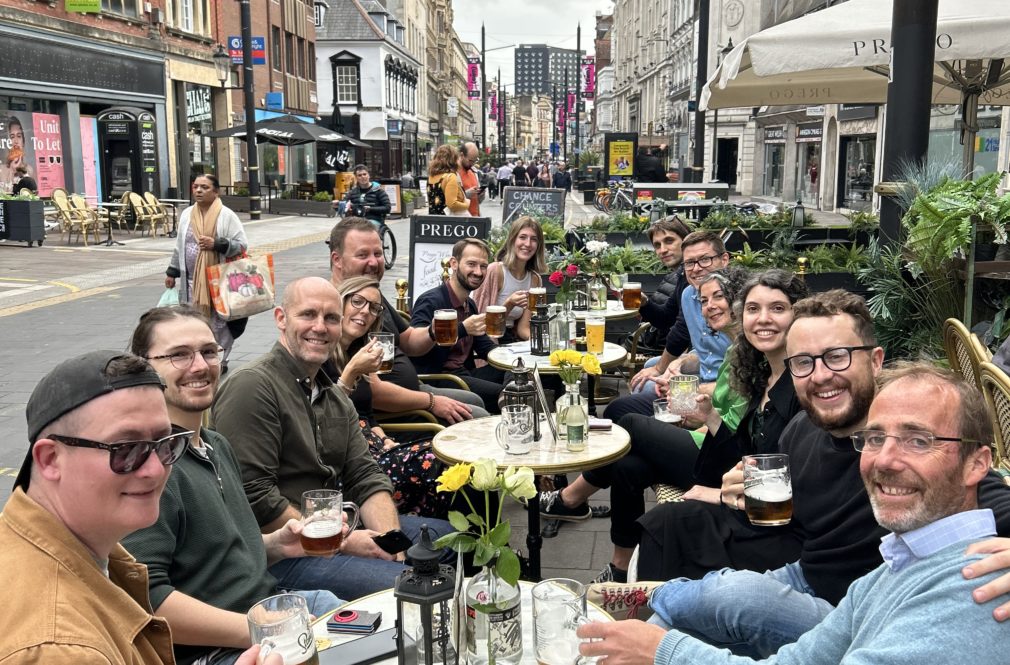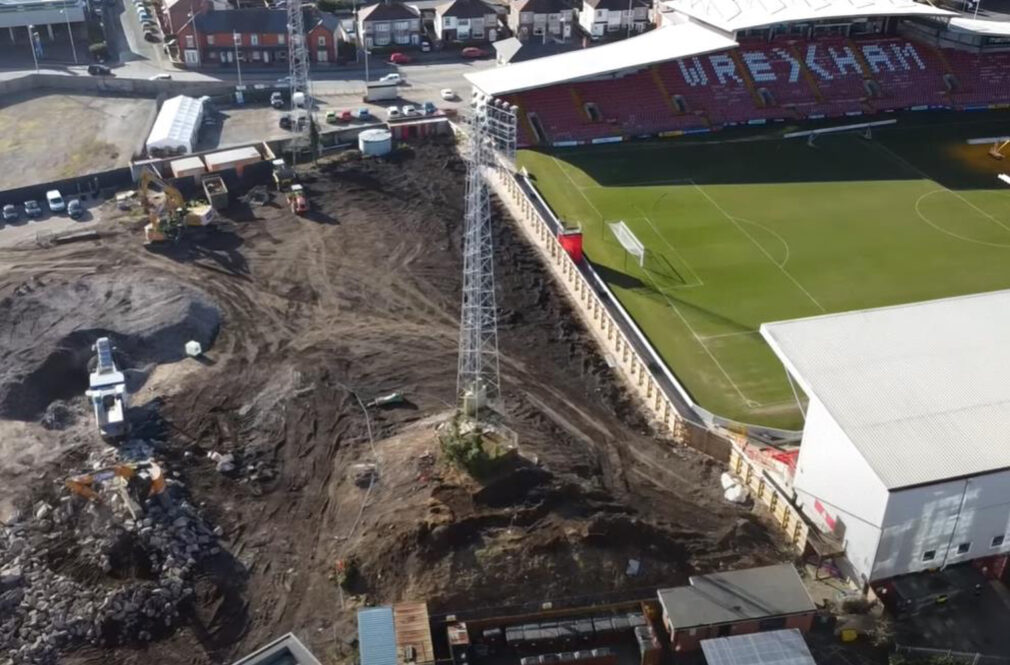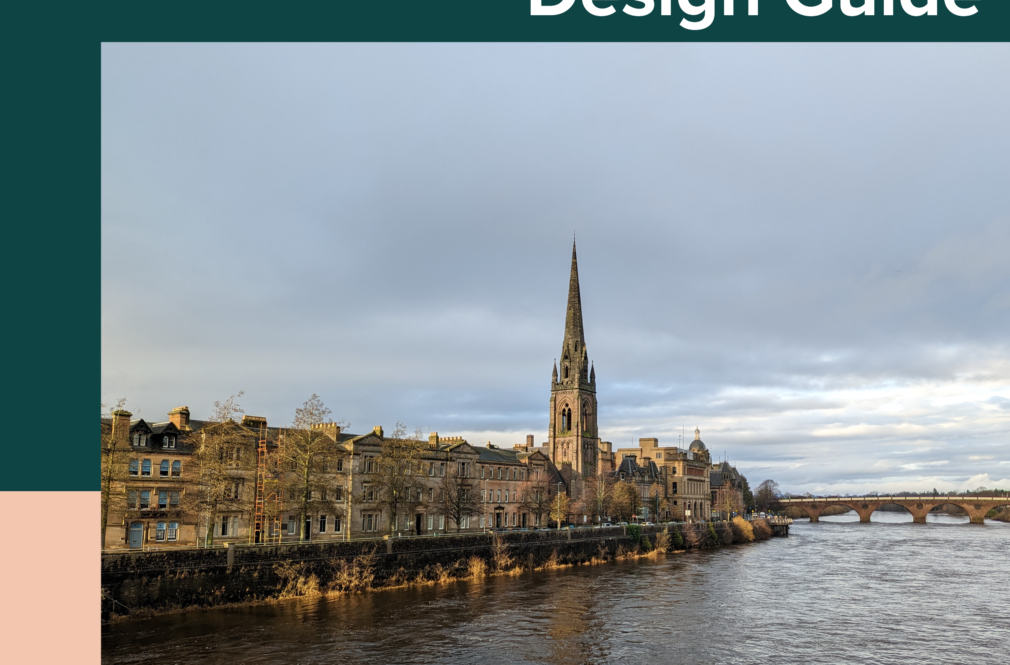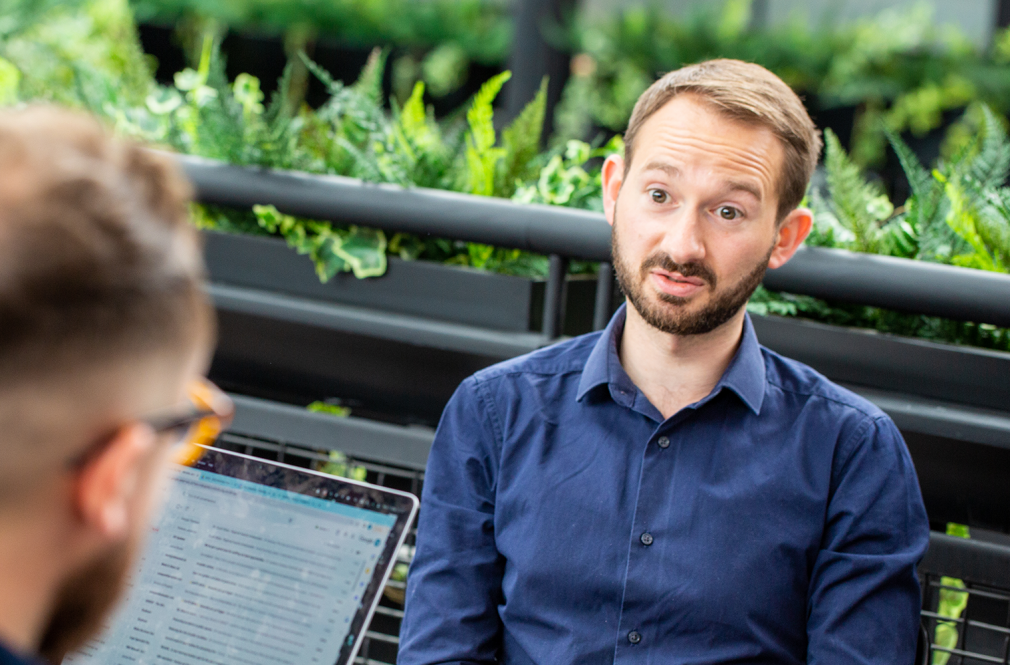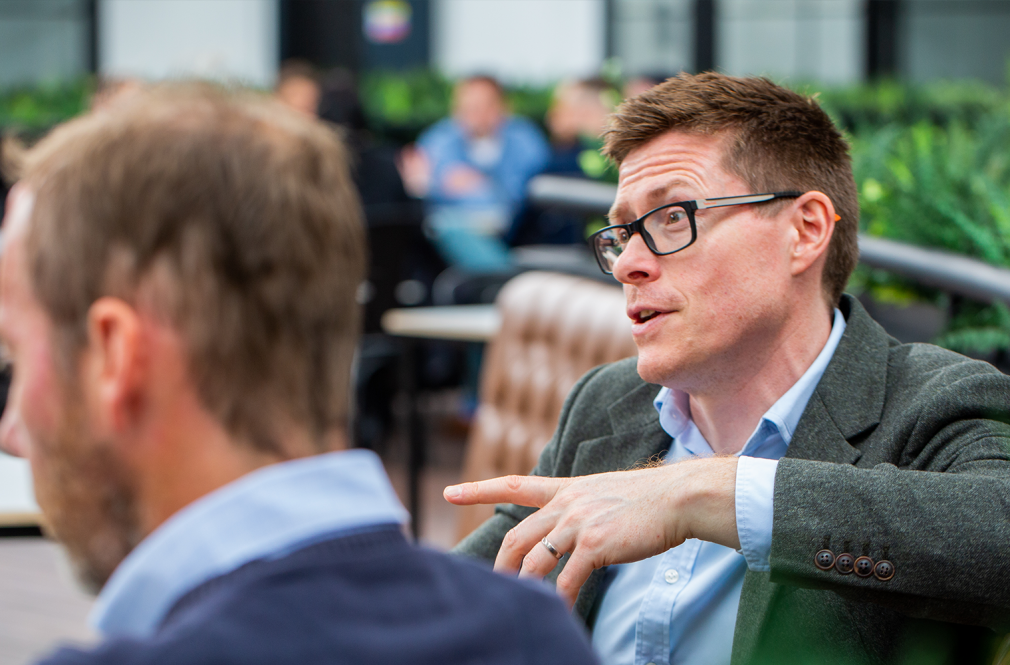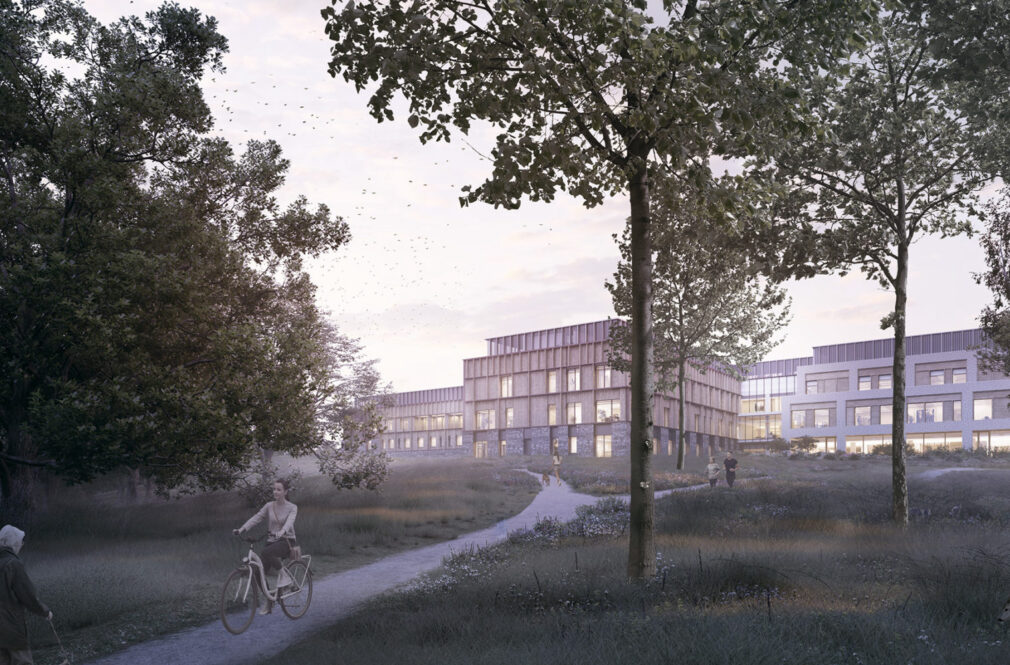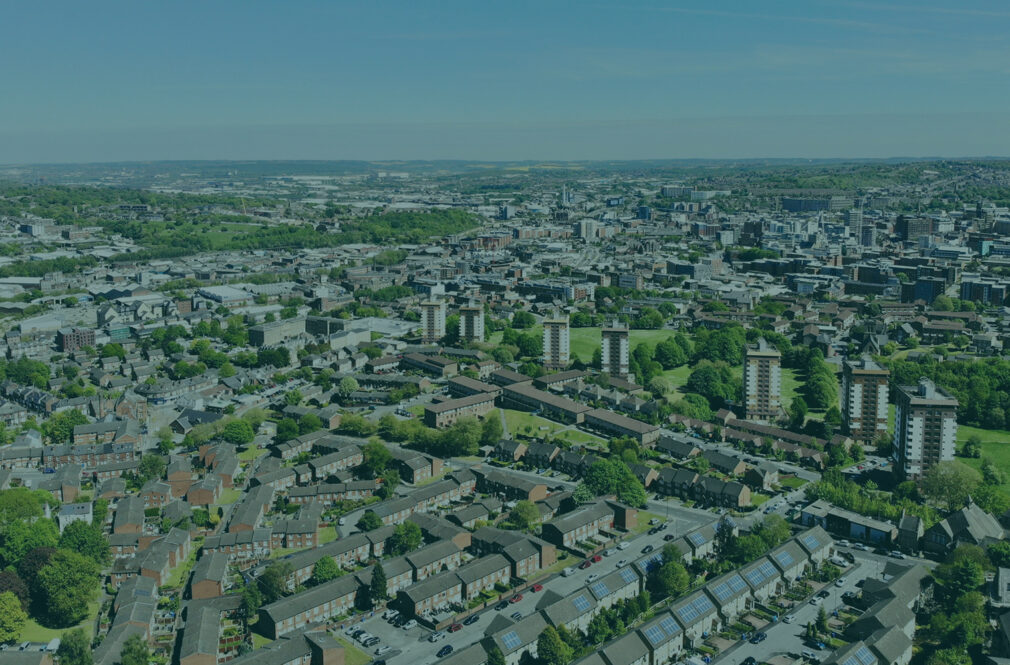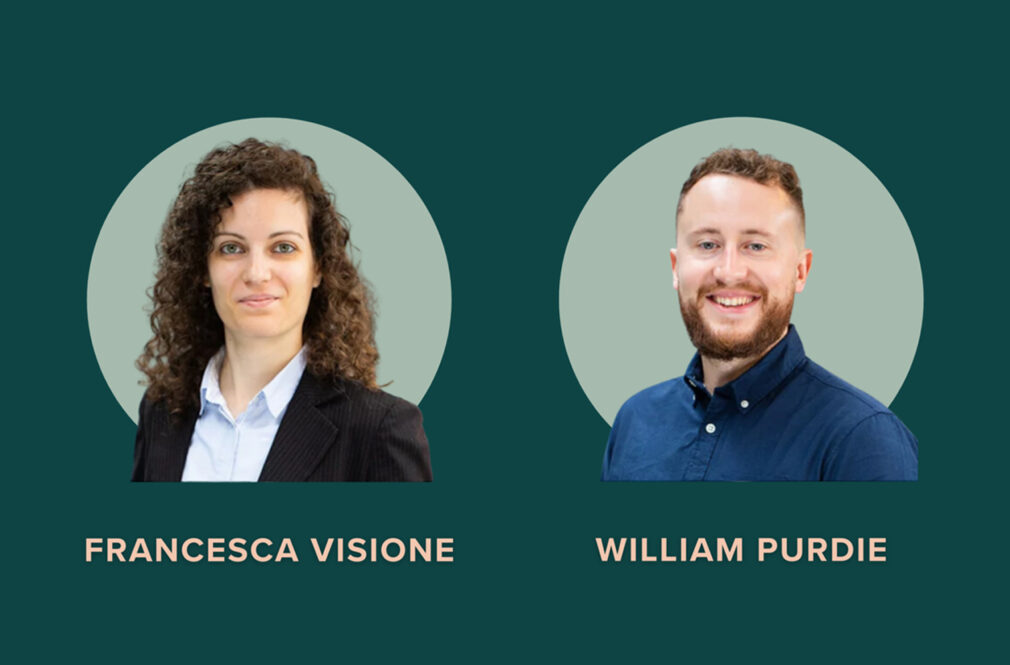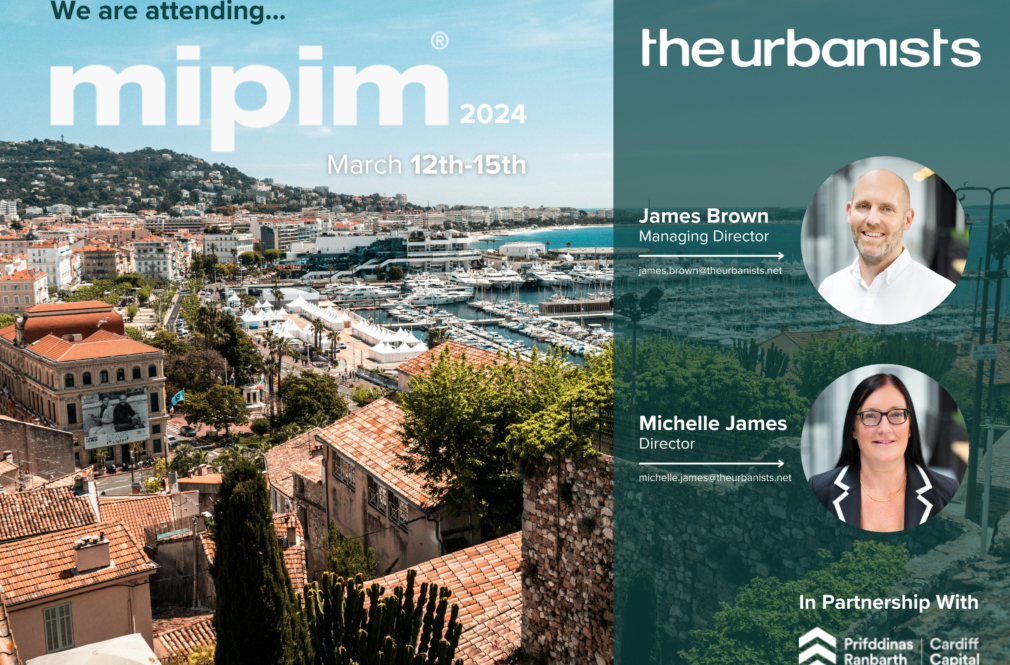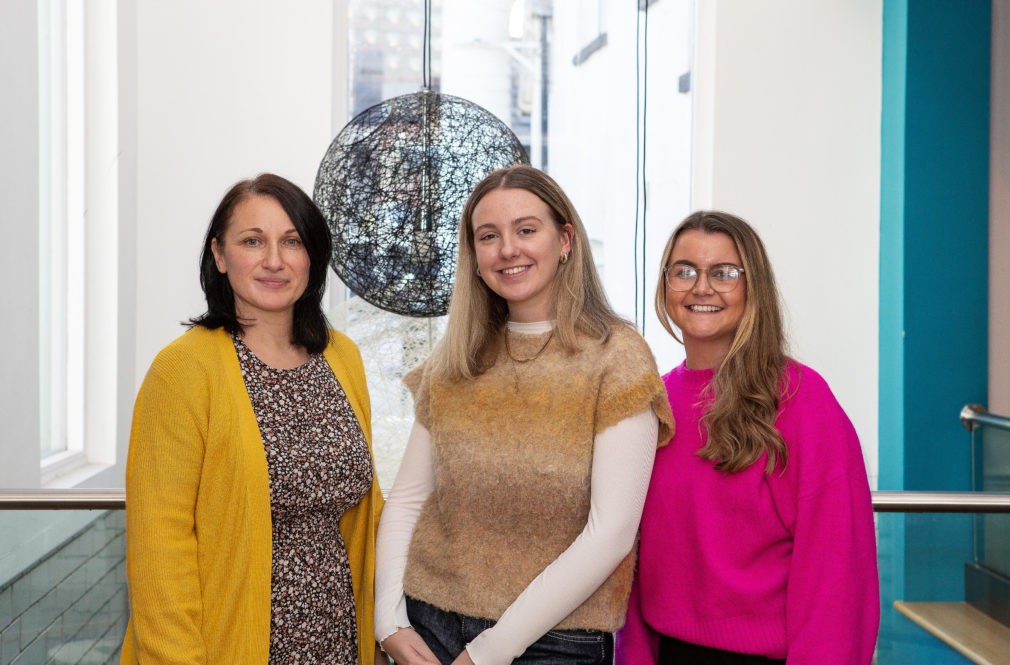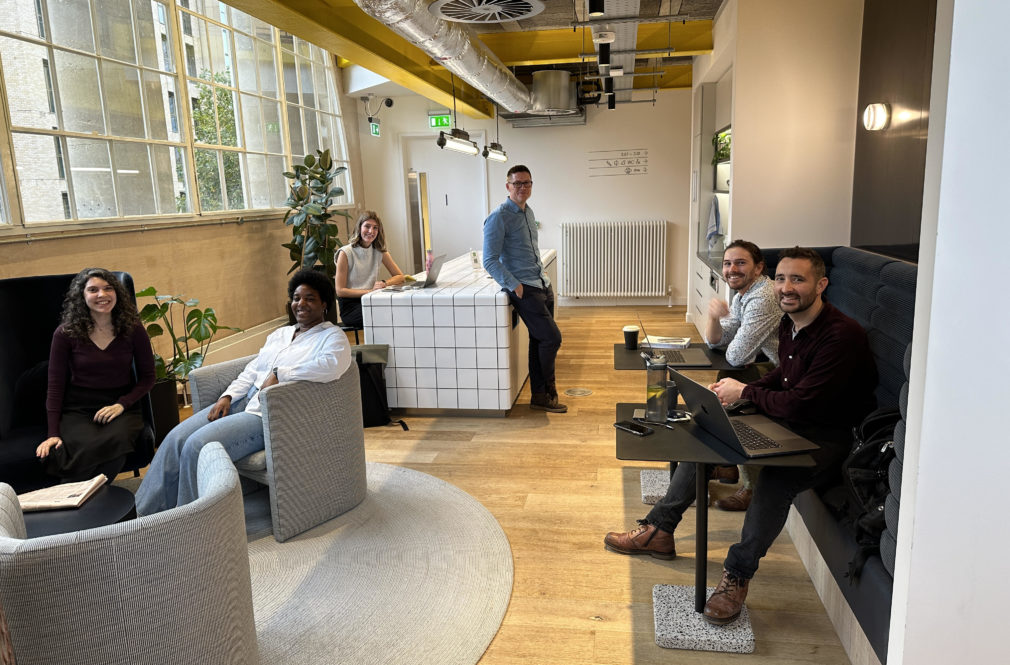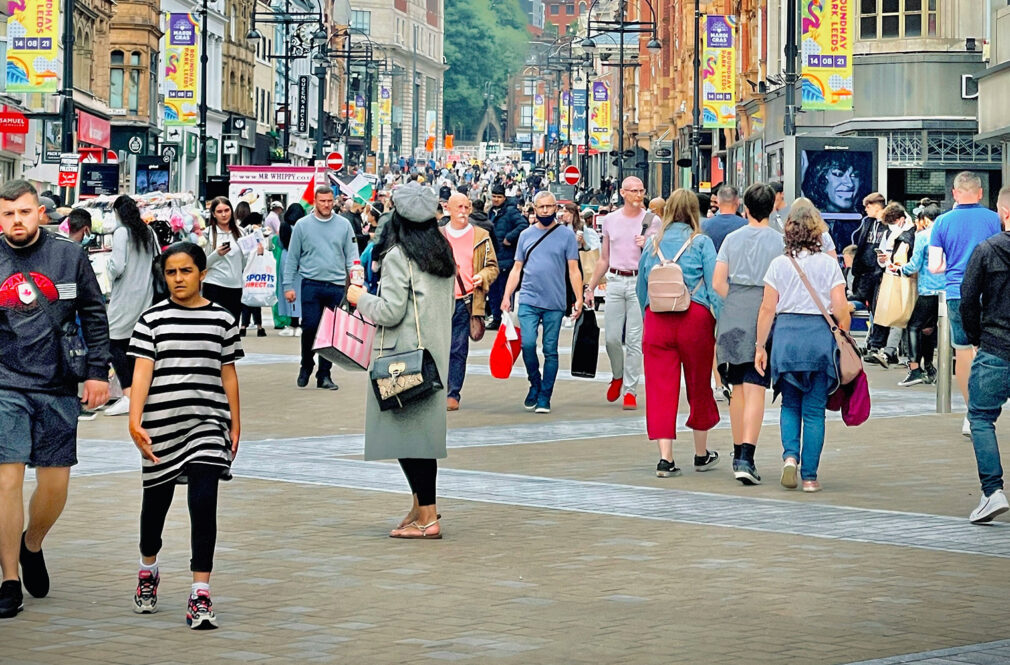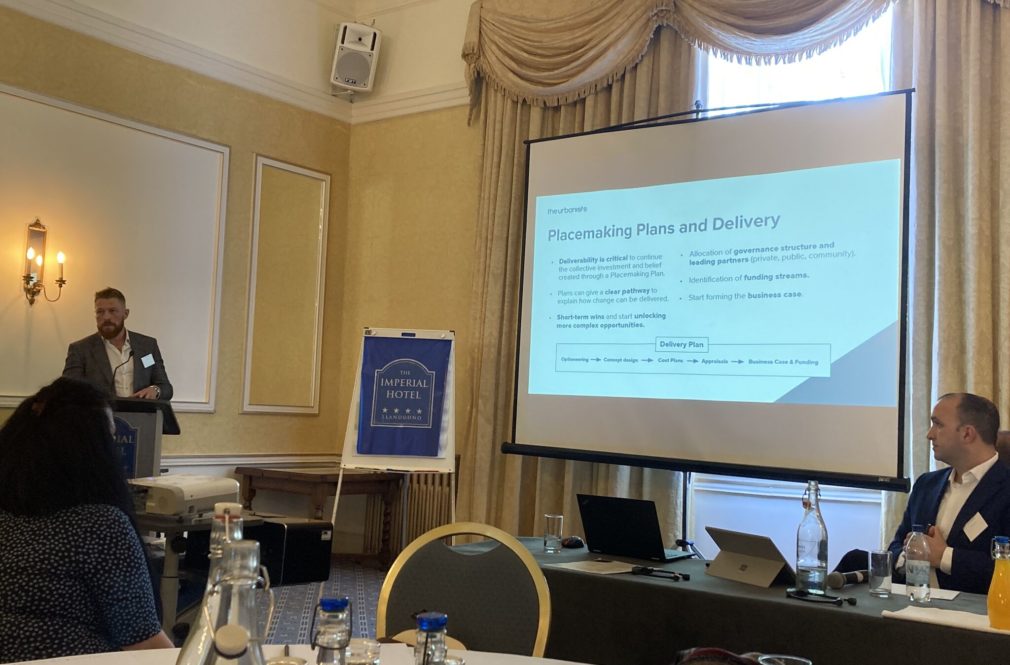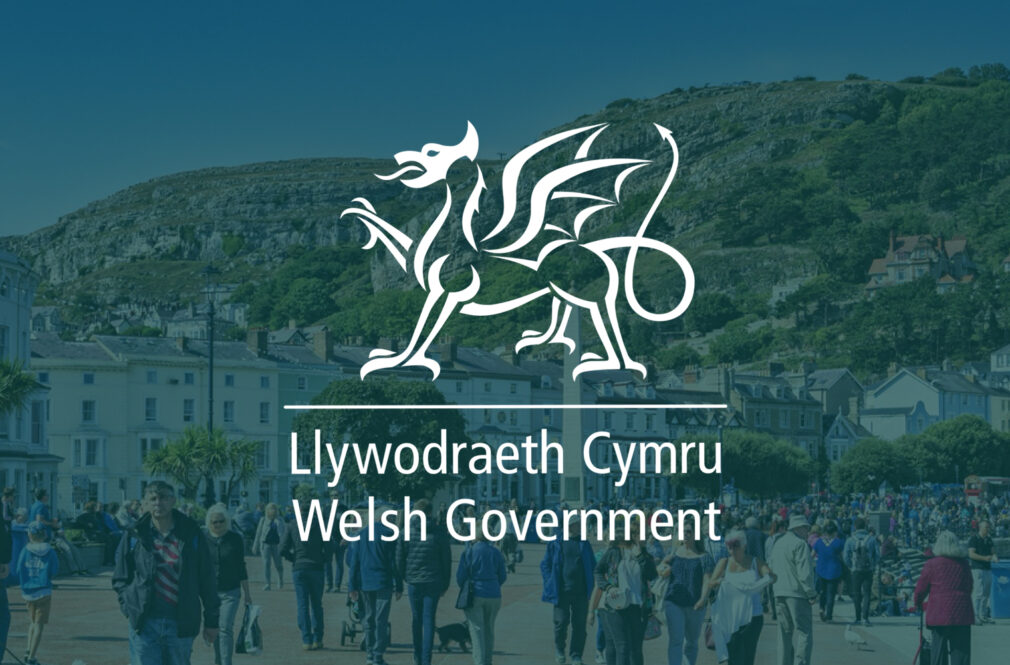Whose Job is it to Drive Change?
Billed as the world’s leading real-estate event, MIPIM brings together tens of thousands of international property professionals in Cannes, in the South of France.
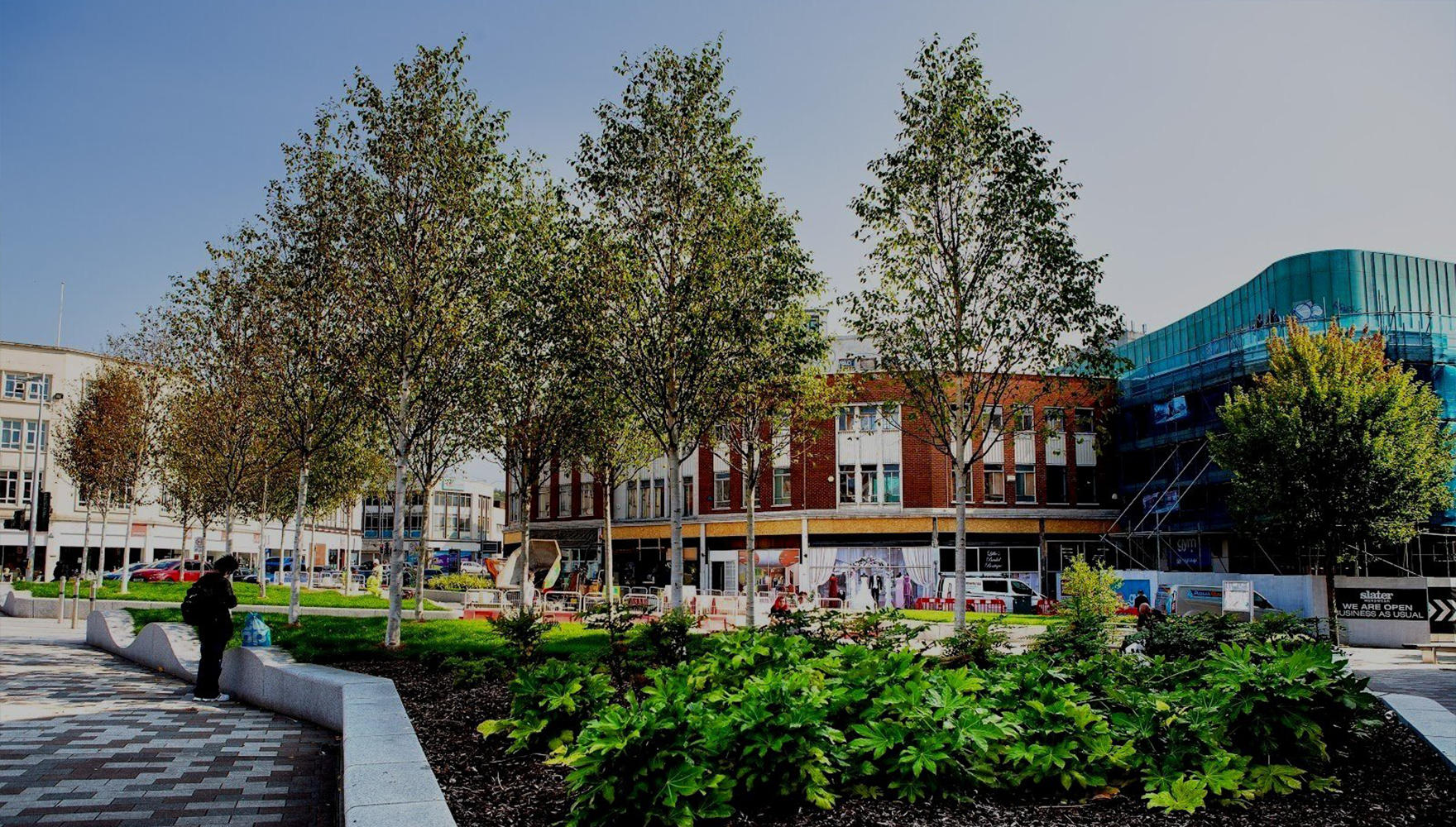
Billed as the world’s leading real-estate event, MIPIM brings together tens of thousands of international property professionals in Cannes, in the South of France. The theme for this year is Driving Urban Change, which is described as the art of transforming the spaces in which we live, work and play to enable a more sustainable and prosperous future for all.
But, what exactly will that change look like? And, how can the complexities of our towns and cities, plus the development process, be translated into a coherent liveability strategy — one as big on vision and innovation, as it is on the practicalities of delivery and detail?
But, what exactly will that change look like? And, how can the complexities of our towns and cities, plus the development process, be translated into a coherent liveability strategy — one as big on vision and innovation, as it is on the practicalities of delivery and detail?
To help us unpick the issues, James Brown, Managing Director at The Urbanists, shares some opening insights into the future of placemaking, in a post-pandemic world.
In simple terms, places are created to be used, by people; and a positive user experience starts with getting the basic hygiene factors right — the urban environment needs to be safe and clean. It should also appear pleasantly busy — vibrant and current.
The area should be readily and affordably accessible by a choice of transport, which would ideally encourage regular visits from local people. This helps create what is known as the 20-minute neighbourhood, where our daily needs are successfully met only a short distance away. It also stimulates something of a propinquity effect — boosting the local economy, whilst helping build a sense of community and connectedness, too.

Experience over convenience
When it comes to more advanced and ambitious targets, though, offering a wider range of activities can help a location attract a greater diversity of demographic: from shoppers and office workers, to students and tourists, as well as local residents.
The presence of higher and further education establishments is clearly a major pull-factor, here. These assets, in turn, support a bigger choice of retail and a variety of niche enterprises that collectively contribute to the creation of a food-culture and leisure scene, which sits nicely alongside the arts. This rich mix calls for places that are accessible to all. The ideal here are so-called 8:80 cities — designed as much for use by someone 8 years old, as 80; or any age in-between.
Much as this ease-of-use is to be prized, however, it should not mean urban centres get tempted to compete merely on the basis of convenience, which was often the appeal of out-of-town developments and is now arguably the domain of online retail.
Instead, for town and city centres, plus the traditional High Street, the strategy is to prioritise experience over convenience, promising a more rounded and rewarding trip. Key to this added-value proposition is a winning combination of urban greening and walkability.
Healthy, cool, clean and green
The perfect complement to attractive civic spaces and architecture of interest, urban greening offers one of the most widely available multiple win-win-wins for placemakers, planners and the general public alike — it really is a question of what’s not to like?
Reintroducing nature into our cities, towns, squares and streets provides a health-giving, planet-friendly and climate-responsive boost to biodiversity. Furthermore, the business case is strong — this green is every bit as investable, as it is Instagrammable.

Society already had some understanding of the physical health bonus available to us as a result of green infrastructure being able to improve air quality and combat pollution in our towns and cities. However, it arguably took the pandemic and lockdown restrictions for us to truly appreciate the additional mental health benefits, revisited as part of a renewed focus on placemaking and the future of our urban areas in the wake of Covid-19.
Climate mitigation is another win. Greening can help ameliorate the albedo or ‘urban heat island’ effect, for instance, with analysis of satellite data from 293 cities in Europe having shown that trees can cool the land surface temperature by up to 12°C.

Urban blues that work in the wet
When it comes to the increase in extreme weather events and associated stormwater runoff and flood management, the multifunctional opportunities offered by Sustainable urban Drainage Systems (SUDS) also build climate resilience — utilising a combination of blue and green infrastructure, some visible, some invisible, both attractive and discreet.
The invisible part below ground slows the progress of water into the mains, sewers and rivers — almost completely, if detailed correctly, so helping manage excess at times of inundation. The visible part is the planting, which, if designed to tolerate long dry spells and occasional saturation, looks and works well as a positive natural environment feature.
They are also great for real estate. In 2019, the UK Office for National Statistics even put a figure on the benefits to property prices of green and blue spaces, finding an uplift of £2,813.80 accrued on average, amounting to more than 1% of the total value.
Green and blue landscape options for developers, designers and planners, might include:
- Installing roadside raingardens — which slow runoff and provide both visual amenity as attractive planted areas, plus also offer excellent habitat value, too;
- Introducing more trees — which, especially when suitably detailed and specified to meet their full potential in terms of growth and health, offer multiple performance benefits in terms of habitat, air purification and cooling, for optimal returns; plus
- Integrating nature-based solutions — which can be implemented in developments and buildings via living walls, greenroofs and roofgardens, in addition to more traditional applications such as planted courtyards and communal outdoor areas.
The quality of water can be improved in the process, too, as pollutants are captured and held, plus SuDS can prove cheaper to construct than traditional drainage. Furthermore, it does not need to take up space on a development, if integrated at masterplan stage. In other words, there is not necessarily a trade-off to be made at the expense of the car.
For towns and cities, there are other reasons today, why the car is no longer the star…
Why the car is no longer the star
Urbanisation is on the up. Since 1950, the world’s urban population has risen over six-fold and we have long passed the point where more people live in cities than anywhere else.
However, one megatrend going in the opposite direction in many European countries is car use, as the preferred mode of urban mobility amongst the younger generation.
In the UK, for example, official studies have revealed the popularity of driving licenses amongst young people fell dramatically from its peak in the early 1990s, when almost 1 in 2 aged 17-20 (48%) had passed their test, to fewer than 1 in 3 (29%) by 2014. Those figures have dropped still further since, for a number reasons, including the pandemic.
The urgency of the climate agenda and attendant boom in electric vehicle sales are clearly driving motorists towards cleaner and greener cars. However, the significant cost-disincentive provided by skyrocketing petrol prices, as well as this general decline in interest amongst Millennials and Gen Z, also point strongly towards greater opportunity to prioritise walking, cycling and public transport in the reshaping of our urban environments.

Slowing the pace; creating the space
Historically, the likes of British towns and cities were adapted for the private vehicle and, in many cases, damaged and diminished as a result. Often, success depended on size.
Being more economically diverse, some larger cities and conurbations can continue to function in spite of major highways infrastructure. Smaller cities and towns sometimes atrophy because the large-scale ring-roads meant to connect them, also act as a ligature.
Ultimately, transitioning towards not designing our streets and centres first and foremost for the motor car is a potential gamechanger for the urban experience.
Slowing the pace of travel can still provide mobility patterns with similar capacity levels and only marginal negative impacts on journey times. On the plus side, however, it serves to opens up extra space for outdoor activities and the likes of licensed venues, with footfall increases helping to redraw the map in a beneficial way for local trade and business.
Of course, vehicular needs will remain important for accessibility, but these can be met in a more sensible and sensitive manner, that does not compromise the walkability boost.

Local leadership and good listeners
Rethinking or restructuring our urban centres, streetscapes and major development plans therefore calls for long-term strategies and buy-in from all stakeholders involved. This is a team game with a lot of players: from city and community leaders, local authority chief executives and elected members; through decision-makers and directors in economic development, planning, housing and transportation; to technical officers responsible for drainage, highways and landscape; plus residential and mixed-use urban developers.
So, where do we all start?
The priorities for the public sector are to outline a strategy, define clear goals and create a delivery plan; then, to make the whole thing doable, break it down into bite-sized pieces.
For the private sector, the number one requirement is to listen. Understanding the needs of the end-user — whether that might be a tourist, visitor, shopper, student, business-owner, worker, commuter, landlord, tenant, homeowner, resident or occupier — starts with listening to the new and different voices and opinions coming out of a modern metropolis.
From carparks to greenspace, attitudes towards the built and natural environment, plus the dynamic relationship between the two, have already changed and will keep changing.
So, as the MIPIM theme suggests, the big opportunity for development lies in Driving Urban Change. The challenge is do so sustainably; and this is a job for placemaking.

